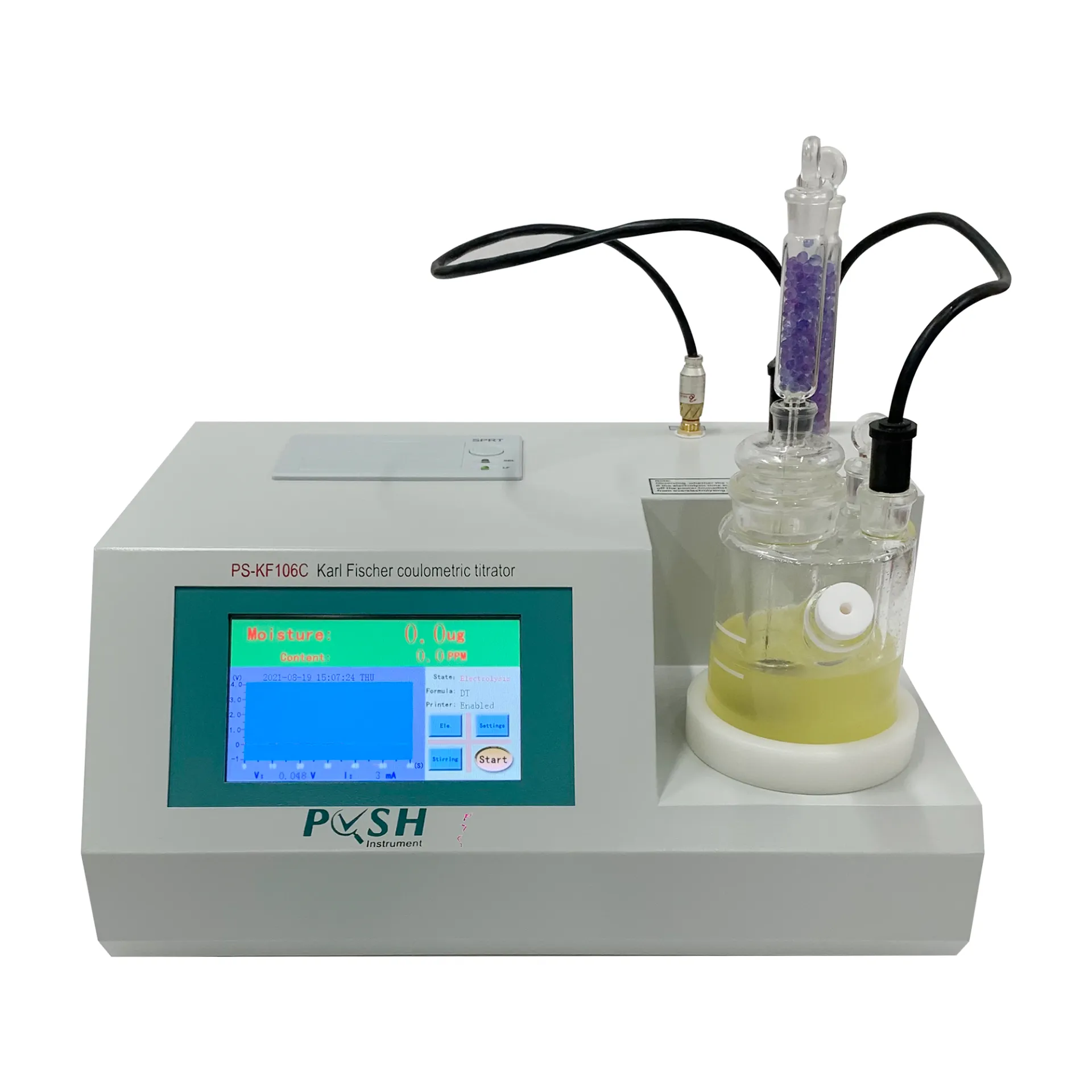 English
English


Earth Leakage Circuit Breaker Testing Device for Enhanced Safety and Performance Evaluation
Understanding Earth Leakage Circuit Breaker Testers
In the realm of electrical safety, the Earth Leakage Circuit Breaker (ELCB) plays a crucial role in protecting both people and property from electric shock and fire hazards. An ELCB is designed to detect earth faults and interrupt the electrical circuit to prevent potential dangers. However, like any safety device, ELCBs require regular testing to ensure their effectiveness. This is where the Earth Leakage Circuit Breaker Tester comes into play.
What is an Earth Leakage Circuit Breaker Tester?
An Earth Leakage Circuit Breaker Tester is a device used to test the functionality and operational integrity of ELCBs. These testers simulate earth faults to determine if the circuit breaker will trip as expected under faulty conditions. The tester provides a controlled environment for evaluating the breaker’s performance, ensuring that it can perform its safety function in real-life scenarios.
Importance of Regular Testing
Regular testing of ELCBs is critical for several reasons
1. Safety Assurance An ELCB that has not been tested may fail to trip when needed, putting lives at risk. Regular testing ensures that these devices function correctly, providing peace of mind for users.
2. Preventing Electrical Fires Faulty circuits can lead to overheating and, ultimately, electrical fires. Testing ELCBs regularly helps prevent such incidents by ensuring timely disconnection of power when earth leakage is detected.
3. Compliance with Regulations Many regions have regulations mandating the testing of electrical safety devices. Regular testing with a designated ELCB tester can help ensure compliance with electrical safety standards and local laws.
earth leakage circuit breaker tester

How do Earth Leakage Circuit Breaker Testers Work?
ELCB testers are designed to measure the earth leakage current. These testers can often simulate different earth fault conditions, allowing technicians to observe how the ELCB reacts. Generally, the steps involved in testing include
1. Setup The tester is connected to the circuit in which the ELCB is installed.
2. Calibration Ensuring that the tester is calibrated to the appropriate settings is crucial for accurate results.
3. Simulation of Fault Conditions The tester simulates different levels of earth leakage current. This can involve sending a controlled leakage current through the circuit to determine the ELCB's trip threshold.
4. Evaluation The tester records whether the ELCB trips during the simulated fault conditions. It may also measure the time taken for the trip to occur, providing additional data on performance.
5. Documentation Finally, results are documented, offering insights into the ELCB's condition and any necessary actions needed for maintenance.
Conclusion
Investing in an Earth Leakage Circuit Breaker Tester is essential for ensuring the reliability of ELCBs and, consequently, the safety of electrical installations. Regular testing, facilitated by these devices, not only protects individuals from electrical hazards but also keeps homes and workplaces compliant with safety regulations. With increasing reliance on electrical systems, understanding and utilizing ELCB testers is not just an option but a necessity. Proper training and regular maintenance can lead to safer environments and fewer electrical-related incidents, emphasizing the critical nature of these tests in modern electrical safety practices.
-
Differences between open cup flash point tester and closed cup flash point testerNewsOct.31,2024
-
The Reliable Load Tap ChangerNewsOct.23,2024
-
The Essential Guide to Hipot TestersNewsOct.23,2024
-
The Digital Insulation TesterNewsOct.23,2024
-
The Best Earth Loop Impedance Tester for SaleNewsOct.23,2024
-
Tan Delta Tester--The Essential Tool for Electrical Insulation TestingNewsOct.23,2024





